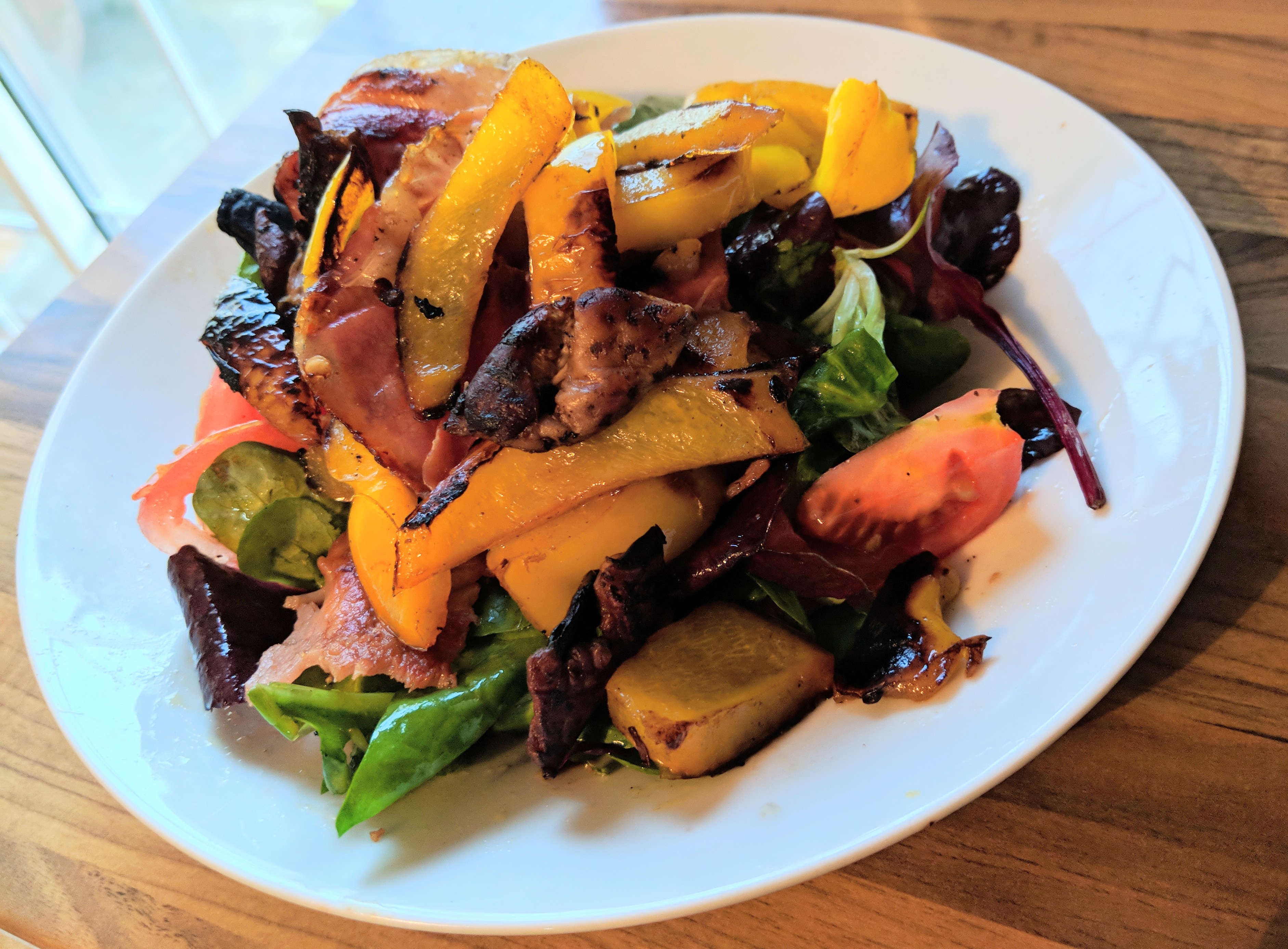Article in partnership with Day Translations.
Here are the European destinations for digital nomads that content creators on TikTok have recommended.
For example, Omio on TikTok lists European countries based on their digital nomad visa requirements and the facilities they offer. The chosen countries are:
- Croatia
- Spain
- Malta
- Portugal
- Latvia
- Hungary.
The visas to work in these countries require applicants to be earning at least 2,000 euros a month and in general they allow them to stay for up to one year.
A TikTok account called Nomad Deals chose some European destinations based on their available digital nomad visas with a calculation of costs involved. For example, the cheapest country from that list is Georgia with no entry fees, followed by Greece, Croatia, Estonia and Hungary with fees of just over or just under $100, then at around the $200 mark there are Spain, Portugal and Romania, with the most expensive country in terms of entry fees being Malta at more than $300. Out of these countries, Spain and Portugal have the most generous terms allowing people to stay between 1 and 4 or 5 years in total.
Other TikTokers have put together lists of countries they recommend visiting as digital nomads. For example, Eduardo M, a native Portuguese citizen, mentioned Spain, Italy, Portugal, Greece, which he personally travelled to.
Austria, Spain, Portugal and Croatia also feature as top destinations for digital nomads according to TikToker Chillszn.
Can We Trust TikTok’s Recommendations for Digital Nomads?
Many TikTok videos aimed at digital nomads are well-edited and extremely polished b-rolls showcasing beautiful scenery, amazing architecture, sunny beaches and smiling faces, accompanied by some text and/or voiceover summarising key points or simply showing the names of the countries being featured. How reliable is that information? We all know that each country may have seasonal variations, from the weather to the available accommodation, which in itself can have peaks in pricing according to the time of the year you travel.
A lot of content seems to be mostly aspirational and inspirational, with the fast-paced editing adding an element of excitement.
Then, there are some accounts sharing about their personal experiences in a specific country, venting their frustrations or, at times, trying to promote their own work as remote freelancers.
Additionally, a number of content creators condense information that is already available online into bite-sized TikToks, adding royalty-free videos to their narration quoting from media articles. Examples of these articles include press releases from local tourist offices announcing new schemes for digital nomads that get summarised and broken down into bullet points to cater for the short attention span and “quick-to-scroll” attitude of people watching TikToks.
The use of hashtags also seems to be too casual in some TikToks, as it tends to try and capture a wider audience than the smaller pond of existing followers but that’s at the detriment of factual information. This means that searches for content featuring European destinations often bring out results that include some European countries and other international places. Content creators use these hashtags in the hope of getting into people’s For You Page (FYP) and appear in the recommended videos when they scroll from one piece of content to the next. Unfortunately, if a video being presented as a search result does not contain the information you are looking for, as a user you are more likely to swipe away and therefore not getting that creator or that type of content recommended to you again, or at least not giving them priority in search result pages.
As TikTok is aiming to become a better search engine to compete with more established players such as Google, TikTokers need to learn how to optimise their content better if they want more eyeballs on it but also serve their community more. One advantage TikTokers have is the ability to write long, descriptive captions for each video, which can contain strategic keywords and offer a preview answer to a user’s question. However, for more detailed answers, a reputable online source with longform content can provide more specific advice and it would be wise for content creators to quote such sources not only to provide credibility to their audience but also to add value to the quickform videos they produce.



